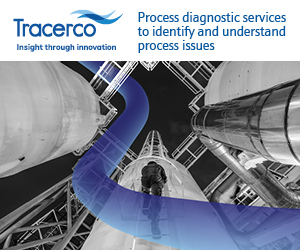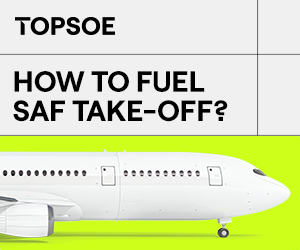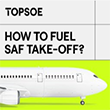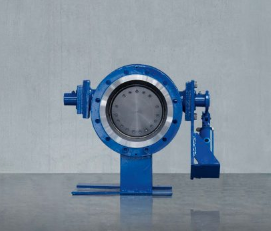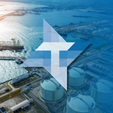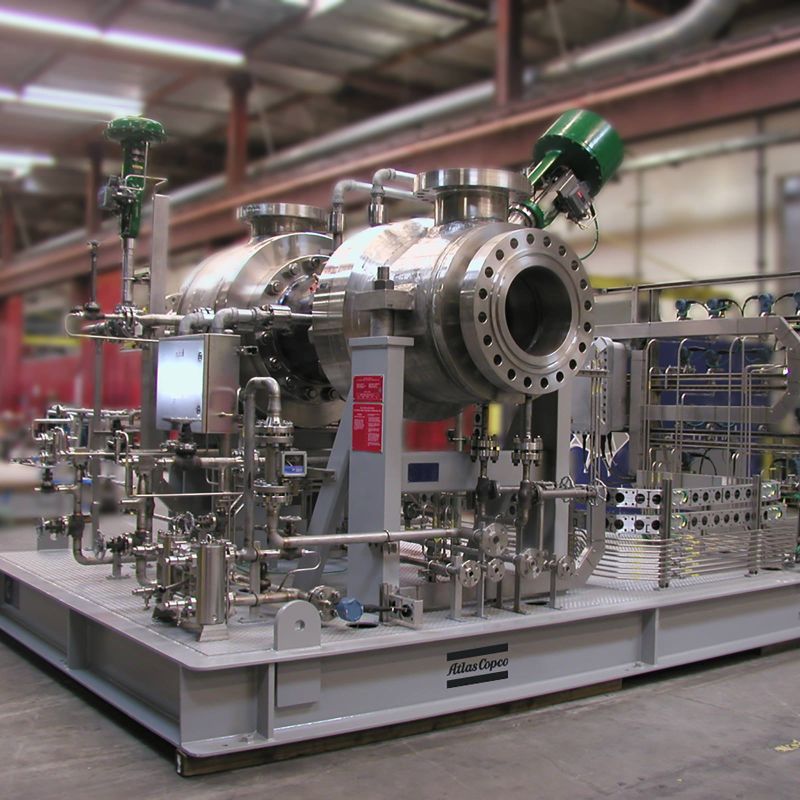Jan-2019
Pressure relief with rupture discs
A rupture disc is a non-closing safety device that is fail-safe with predictable operation and reliability characteristics.
Orhan Karagöz
Rembe
Viewed : 10620
Article Summary
Many thousands of technical supply items are needed to keep an oil and gas production operation running. This includes rupture discs. This article provides insight into the topic of pressure relief using rupture discs and their combination with safety valves as well as a focus on pressure protection for transportation vessels.
Pressure relief is a key issue for any pressure or vacuum process within the oil and gas industry. Inadequate pressure relief, no matter whether it is protection against over-pressure or vacuum, will lead to extensive damage to the system itself and the surrounding area. The results are long downtimes, significant monetary losses and, in the worst case, employees can be injured or even killed. Rupture discs, whether as a stand-alone solution or in combination with safety valves, are an essential part of pressure relief systems in the oil, gas and petrochemical industries.
The range of applications is diverse: upstream, they are used for the pressure activation of downhole tools in the well bore, for the pressure relief in drill pipes, subsea accumulators (SAM), in pigging systems and flowline installations as well as in many other applications. Downstream, the scope of utilisation includes floating production storage and offloading (FPSO) units and topsides, as well as for protection of storage and transport tanks. It also encompasses heat exchangers, separators, flares and sulphur recovery units. A rupture disc is more than just a piece of metal.
During the time of the rupture disc’s invention, simple metal discs or films that protect non- critical processes were used. Now they are sophisticated engineered components which can be found in applications with very high requirements controlling pressure relief. These include, for example, small dimensions or special geometries, especially high or low pressures, as well as temperatures far above or below the zero point. These applications require a considerable degree of expertise and experience to manufacture the rupture disc to suit the application. Therefore, the range of available rupture discs is currently extensive and continually expanding in design.
Flat rupture discs are commonly used for processes with relatively low requirements and are installed directly between flanges. In addition to these versions, there are dome-shaped rupture discs, which are classified into forward-acting (conventional) and pressure-loaded (reverse-acting) rupture discs. The curvature of the forward- acting rupture discs faces away from the process, whereas the curvature of the reverse-acting rupture discs faces the process (see Figure 1). Depending on the manufacturer, reverse-acting rupture discs allow higher working pressure conditions, tighter tolerances and thus a better utilisation of the overall protection system.
Some manufacturers also offer so-called bidirectional rupture discs combining the two principles described above. In one direction, the rupture disc acts in the forward (pressure) direction and in the other direction according to the vacuum. This allows a response for two differently defined pressure values in the over-pressure and vacuum direction which enables the two types of rupture discs to be simultaneously installed in a single mounting location (see Figure 2).
The highest rupture disc class comprises customised compact rupture discs. They are individually manufactured with respect to geometry, dimensions, connection, and burst pressure/vacuum resistance. The range of available types, for example, includes welded units, rupture discs for particularly high pressures of several thousand of bar and/or for temperatures of several hundred degrees.
Advantages of rupture discs
In contrast to electronic and pneumatic control systems, rupture discs are 100% fail-safe. Installation, operation and maintenance are relatively simple and long gone are the times where the burst pressure could not be accurately defined. High quality rupture discs, manufactured with modern machines and processes, can now be defined with a burst pressure within minute tolerances. Working pressures of up to 98% of the minimum burst pressure are possible.
Further advantages of rupture discs include:
• A better response to sudden pressure increases than alternative safety devices through faster opening times (usually <4 ms) and with a relief through bore of a full cross-section opening to enable the faster escape of unacceptable pressure and flow.
• 100% isolation of the operating media, with no leakage prior to the opening of the rupture disc.
• Rupture discs offer a considerable weight advantage, especially for larger diameters in comparison to using a valve.
Rupture disc and safety valve
Rupture discs and safety valves share the same duty: to open at a defined pressure in order to reduce unacceptable over-pressure or vacuum within a process. While a rupture disc is a non-closing safety device which must be replaced after it has triggered, it is fail-safe with predictable operation and reliability characteristics.
Safety valves close again after the unacceptable pressure has been relieved, thus a production line can be restarted without addressing the root cause of the pressure event. However, the acquisition, certification and regular maintenance of safety valves entails a significant financial and manpower/time input to keep them in service.
The answer to the question “Rupture disc or safety valve?” is often rupture disc and safety valve because a rupture disc helps to eliminate the disadvantages of a safety valve, and vice versa. A combination of safety valves and rupture discs enables the utilisation of less costly safety valves made of lower grade materials protected by the correct rupture disc; this is especially important for sticky or corrosive media. Additionally, disassembly and testing of the safety valve can be omitted during in situ tests, for instance maintenance and function checks while online.
Safety valves tend to be less tight after their initial triggering and usually require removal and recertification. The rupture disc which is installed upstream from the safety valve ensures isolation of the safety valve until its set pressure, which is an essential factor for the operator due to prevailing regulations, laws and directives to reduce leakage and rogue emissions. The exchange of a rupture disc is much less expensive compared to that of a safety valve’s requirement for maintenance/recertification.
For some applications it is advisable to conduct parallel installation of a safety valve and rupture disc. In the case of a rapid and unacceptable pressure increase, both units will trigger and perform parallel relief.
A rupture disc is therefore not a common technical supply item, but rather the key safety element that provides a decisive contribution to the overall plant availability with or in addition to safety valves. This is not just limited to the oil and gas industry but applies wherever pressure and vacuum are present.
Case study: pressure protection on transportation vessels
The transportation of dangerous chemicals is a huge challenge for manufacturers. Hazardous materials have to be handled extremely carefully and are subject to strict regulations regarding their transportation. To transport such material around the world, special tanks made from glass, lead, nickel or monel are required depending on the chemical in question. Furthermore tanks have to be protected by secure pressure relief devices to ensure that in the event of an unexpected over-pressure during transportation, there is no damage to the tank which would cause a spillage of these hazardous materials. The rupture of a container during transportation could cause serious harm to people and infrastructure or even fatalities.
Add your rating:
Current Rating: 4


